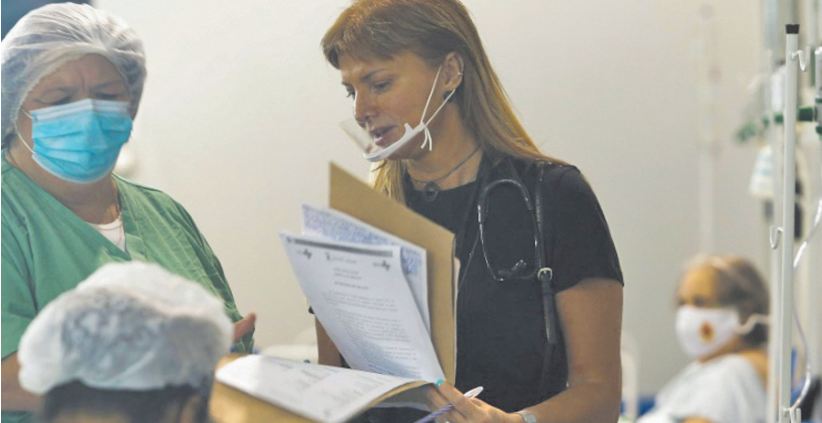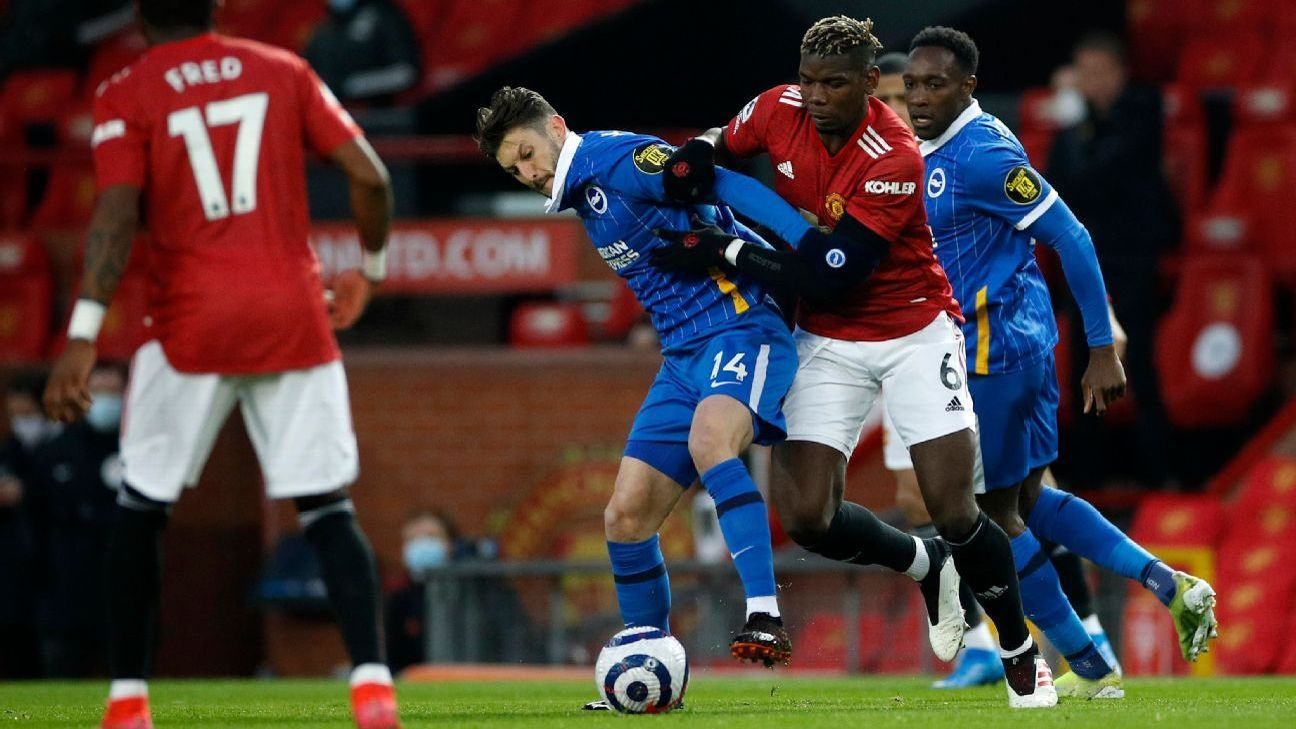It started with a return to Brazil from New York to celebrate carnival with the family. A year later, the doctor Marise Gomes, in the midst of her intimate tragedies, treated but also buried dozens of Covid patients. Marise Gomes did not return to the United States. Along with a group of doctors and nurses, she cares for dozens of sick people in a field hospital in the suburbs of Sao Paulo, where the noise of ventilators is interspersed with that of coughing patients. The parking lot of the Santo André multipurpose hall, which used to host athletes, now sees ballets of ambulances full of patients, young and old, struggling to breathe. “To our surprise, today our patients are much younger, without comorbidities, with a poor response to the virus,” said the 53-year-old surgeon, who wears tattoos and a nose ring.
Dr Gomes has rarely visited Brazil since moving to the United States about 15 years ago. She arrived in February 2020 and her husband Jack, a 74-year-old American lawyer, joined her a month later. The couple wanted to take advantage of the carnival season. When the epidemic began to spread in Brazil, she should have returned to New York where she practices. But she finally decided to stay, anticipating that her country “was going to have difficulties”. “I thought about going back,” she said, but “I thought I could be of more use here.” She quickly made contact with colleagues from the faculty and in April began working at the Santo André field hospital, not far from the town of Sao Bernardo do Campo where her family lives.
The pandemic is starting to wreak havoc in the country of 212 million inhabitants where far-right President Jair Bolsonaro downplays the disease and opposes any restrictive measures. The Covid-19 does not take long to affect his family: he takes away two of his uncles while she, like thousands of other doctors and nurses, works full time to cope with the influx of patients. “People were like, ‘What are you doing here? Go back there!’ Like there was a perfect place ‘over there’,” she recalls. Her initial wish to stay with her mother and family turned into a mirage. Her husband rented a house and she had to put a lot of effort into not putting her mother in danger.
“It’s hard to come home and feel rejected because you’ve come from the hospital,” said the slim blonde woman. Protective gestures finally enabled him to escape the disease. Now vaccinated, she breathes a little. But her eyes are clouded and her voice is broken when she talks about the suicide in November of her 47-year-old sister who also worked in the health sector. Depression had been pulling her down for years and got the better of her. “It’s a lot of pain all at once, but at the same time, I saw so many people who were in more pain than me,” she breathes.
At the end of another exhausting day, Marise Gomes regrets that after a year of pandemic and more than 317,000 deaths “there is no change in behavior” among Brazilians. In the streets, the mask is not always de rigueur, underground parties are recurrent and vaccination is progressing slowly. “The scanners are terrible, young people of 22, 23, 25 years old. It’s scary. I’m afraid, afraid for the population (…), because (the patients) do not understand the extent of what they are going through and what they will have to experience in the future, “she says. Dr Gomes hopes to return “soon” to New York where she built her life. In the meantime, she is facing with her colleagues a second wave of extreme virulence which overflows hospitals and caused a massacre in March, with twice as many deaths as in July 2020, the worst month so far. “I give everything I have,” said the doctor.
– .


